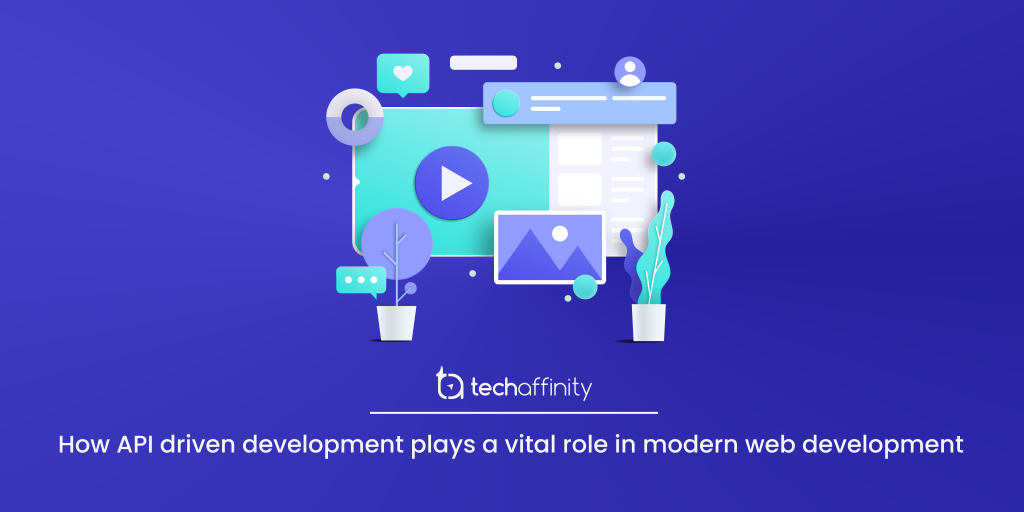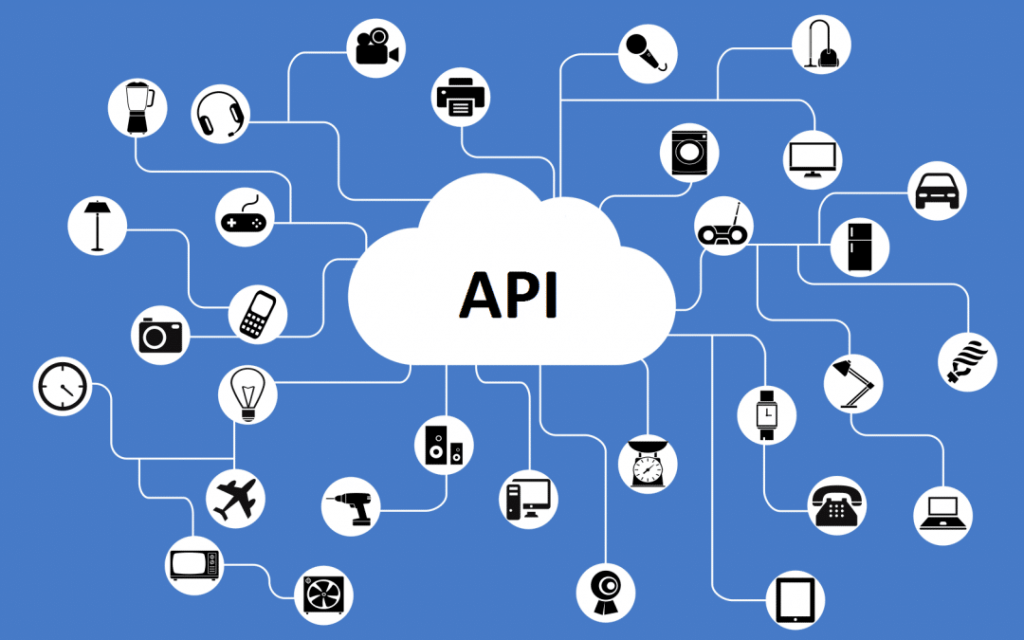How API driven development plays a vital role in modern web development

Author : Amarnath S 3rd Apr 2023

API-driven development is the method of designing and developing the web services of APIs – business logical components of the system – first, and then creating the rest of the application around them. This way, API-driven development is different from the usual development approaches that are both time and effort- consuming in the longer run. In addition, there are more advantages to developing the system via an API-driven method.
Application programming interface (API) is a Middleware that enables back-and-forth communication and data exchange between different systems, which eases the software development process by being the backbone of its architecture. In simple words, the API Layer handshakes the backend database irrespective of the nature of the front-end view of the system. In MVC architecture, API plays the role of Model and controller without View. The usage of APIs and their popularity has grown significantly in recent years, as these interfaces are more advantageous in software application development throughout the software industry. For example, when creating a new application, if some services are already offered by third-party service providers the developer does not have to start from scratch. Those third-party providers expose an API based on the need, and the developer can plug those APIs into the system to achieve the desired functionality implementations. All that the developer has to do is to get an API with the functionality he needs and customize it to his requirement.
In this case, an Application Programming interface can be defined as a formal and structured middleware/interface for specifying how a software application module communicates or connects with other modules to achieve the desired one or more functionalities. It all depends on the application that uses it and also the permissions and the limitations offered by the respective API providers to the developers who interface the API with the system.
API-driven development is an approach where the view/UI layer can be a skin over the Model and controller which can be connected with the Middleware – the API component of the System where the business logic is written – which can be interfaced or Plugged and play with the View layer.
The major advantage of doing a project development through the API-driven approach is a single Middleware can be interfaced with the Web UI as well as its Mobile UI. Hence, the common middleware component/the business logic layer is shared by both Web and Mobile UI, reducing the development effort substantially.

API-driven development also primarily supports application architectures that are highly distributed and modular. API Framework can connect the different parts of an application, which allows easily to separate the system itself into modules and in turn, allows deploying those modules across a distributed environment that can be connected through the API. The major benefits of a modular and distributed architecture maximize the application flexibility and scalability. In addition, the other major benefit of this approach is that it is more flexible for Continuous Integration/Continuous Delivery (CI/CD) to deliver the system using DevOps methodologies. When the entire system is broken into distinct modules, developers can continuously deliver each module separately until each part of the application and via extension, its place on the CI/CD pipeline is compatible with the API interface and architecture. If there are issues in a module, then the issues in the respective module can be fixed separately, unlikely to cause a delay in the rest of the pipeline and remain compatible with other modules in the system. API-driven developed applications are cloud-friendly as their build is meant for connectivity.
In general, there are four API types commonly used in web services – public, partner, private and composite. A public API is open and available to use by any external system that is compatible with its interface. A system that is ready and involves sharing its applications and data with other businesses will develop and offer a public API. These kinds of APIs are called open APIs or external APIs. Some examples are the weather forecast API, Maps API, etc. Partner APIs can be accessed only by the specifically selected and authorized outside system, which are the API consumers for facilitating business-to-business activities. Internal APIs are private APIs intended only to use within the organization to connect systems and data within their business. e.g., an internal API connects an organization’s payroll, operations, ticketing, and HR systems. Composite APIs combine two or more APIs to structure a sequence of interdependent operations. APIs exchange commands and data that require clear protocols such as REST, and SOAP. REST follows a client/server approach that separates the front and back ends of the API. It is stateless and stores no data or status between the requests. REST supports caching and stores responses for slow or non-time-sensitive APIs. SOAP is a messaging protocol for exchanging structured information in the implementation of web services, and it is a highly structured, tightly controlled, and clearly defined standard.
We at TechAffinity, have experts who are well-versed and have worked on the API-driven development approach. In the past, our team has successfully implemented API-driven Projects for our clients which worked seamlessly. Feel free to line up your queries to media@techaffinity.com or schedule a meeting with us to further discuss this.
